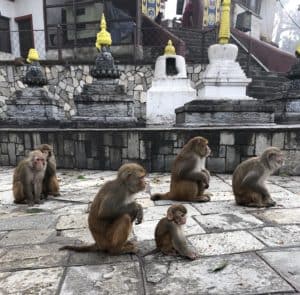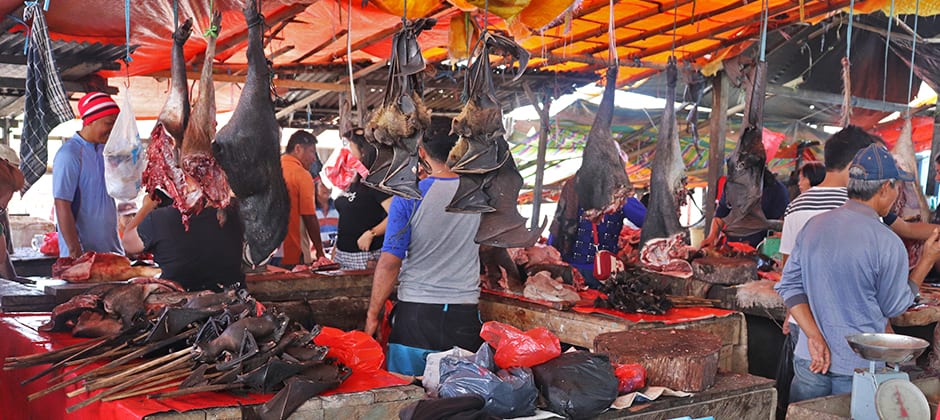Share this article
Close human-wildlife contact means more possible disease spread
Habitat degradation, wildlife exploitation and wildlife adaptation to anthropogenic resources all put animals in closer contact with people, which researchers say help zoonotic diseases — like the novel coronavirus — spread from animals to humans.
“We started the research about five years ago and collected data on infections passing from animals to humans,” said Christine Kreuder Johnson, a professor of epidemiology at the One Health Institute and lead author of a recent study published in Royal Society Proceedings B. “I work on pandemic preparedness and conservation, and so this was an effort to inform what was happening at the animal-human interface, especially when it comes to wildlife, and why we are seeing more emerging infectious diseases from wildlife.”
To try to understand that increase, she and her team looked at every zoonotic virus reported in the literature. After coming up with over 140 diseases transmitted from animals to humans, they narrowed their findings down to mammal-borne diseases. Turning to data from the International Union for Conservation of Nature, they looked at the listing status of the species that the viruses were reported in and whether their populations were increasing or decreasing.
The team discovered a few patterns. Many pathogens spread from livestock, because of people’s close interaction with them. Among wildlife, species that have adapted to urban areas — including rodents, bats and even primates — have also spread diseases to humans. Endangered species exploited through poaching and the illegal wildlife trade were more likely to spread viruses to people.

Rhesus macaques (Macaca mulatta) appear at a temple in Kathmandu, Nepal. The monkeys are highly adaptable to urban landscapes, which makes them more likely to transmit viruses to humans.
© Christine K. Johnson, UC Davis
The team also found that species living in areas listed as having undergone habitat loss made up many of the cases of disease spilling over to humans. “These are situations where people are encroaching on habitat more,” Johnson said, which also puts them into closer contact with species they otherwise wouldn’t be near.
“It’s really important to be cognizant to the changes affecting species and their distribution, including wildlife moving to new areas closer to human habitat that may put species at risk as well as impact public health,” she said.
As viruses mutate and evolve, they can bind to new hosts, Johnson said, so it’s important to intervene to minimize contact with wildlife in these situations. She urged countries to find ways to restrict wildlife trafficking and wildlife markets to reduce disease spread.
“We need to be really attentive to how we interact with wildlife and the activities that bring humans and wildlife together,” she said, “We obviously don’t want pandemics of this scale. We need to find ways to coexist safely with wildlife in shared habitat.”
Header Image: Dead bats for sale hang in an Indonesian market. Researchers found markets like this allow close contact with wildlife that can spread diseases. ©U.C. Davis








